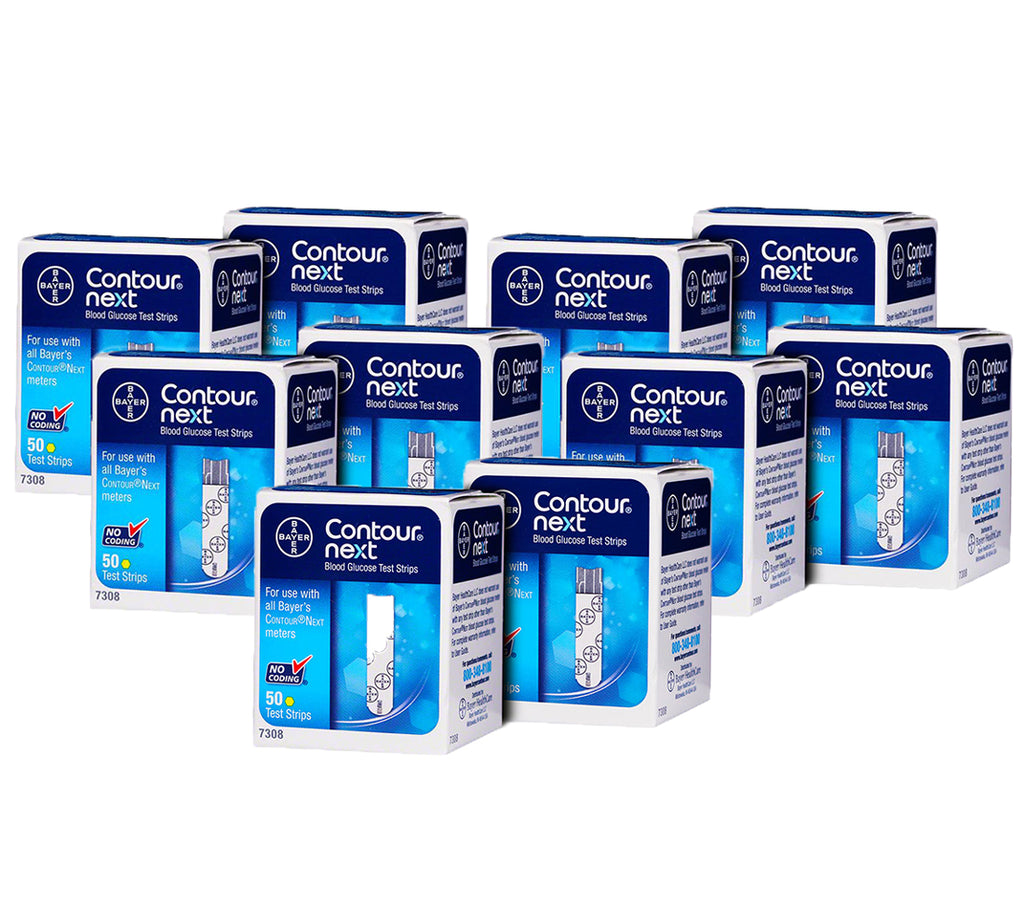
Advocate Redi-Code+ from Diabetic Supply of Suncoast: 76%.So, there’s a whole bunch of test strips and meters out there that are less accurate than they should be. CVS/pharmacy Advanced from Agamatrix: 97%.
 Walmart ReliOn Confirm (Micro) from Arkray: 97%. In several studies, only six brands passed this accuracy test: The DTS gold standard is that a meter and its test strips should yield blood glucose readings within 15% or 15 mg/dL of the laboratory values at least 95% of the time. The California-based nonprofit Diabetes Technology Society (DTS) tested 18 popular blood glucose meters and compared their results to those of outside laboratories that tested the same blood specimens. There’s also concern about the accuracy of models that have been on the market for many years and have not been tested for accuracy since their original approval by the FDA. This has been a controversial issue because some brands of meters and strips appear more accurate than others. However, backup fingerstick tests are not required by the Food and Drug Administration (FDA) with some of the newer CGM systems, including: That includes more than 30% of people with type 1 diabetes who now use CGMs, yet still do fingerstick tests to calibrate (reset the accuracy of) their monitors. Meters and strips are now an essential part of diabetes management for most folks with diabetes. The meter can store that data for later review by you and your doctor. Most meters produce a reading within seconds. To take a blood sugar reading, insert the strip into the meter and apply a drop of blood after using the needle to poke your finger. First developed in 1965 and used in doctors’ offices, meters and test strips became available at home in 1980. Let’s start with the basics: Blood glucose meters and the test strips they require allow you to measure and monitor blood sugar levels at home and on the road. We took a deep dive into questions about the high costs, comparative accuracy, and more about glucose meters and test strips. In fact, more than 38% of those with diabetes in the United States (and 33% around the world) have rationed blood glucose testing supplies, according to a 2018 survey by T1International.
Walmart ReliOn Confirm (Micro) from Arkray: 97%. In several studies, only six brands passed this accuracy test: The DTS gold standard is that a meter and its test strips should yield blood glucose readings within 15% or 15 mg/dL of the laboratory values at least 95% of the time. The California-based nonprofit Diabetes Technology Society (DTS) tested 18 popular blood glucose meters and compared their results to those of outside laboratories that tested the same blood specimens. There’s also concern about the accuracy of models that have been on the market for many years and have not been tested for accuracy since their original approval by the FDA. This has been a controversial issue because some brands of meters and strips appear more accurate than others. However, backup fingerstick tests are not required by the Food and Drug Administration (FDA) with some of the newer CGM systems, including: That includes more than 30% of people with type 1 diabetes who now use CGMs, yet still do fingerstick tests to calibrate (reset the accuracy of) their monitors. Meters and strips are now an essential part of diabetes management for most folks with diabetes. The meter can store that data for later review by you and your doctor. Most meters produce a reading within seconds. To take a blood sugar reading, insert the strip into the meter and apply a drop of blood after using the needle to poke your finger. First developed in 1965 and used in doctors’ offices, meters and test strips became available at home in 1980. Let’s start with the basics: Blood glucose meters and the test strips they require allow you to measure and monitor blood sugar levels at home and on the road. We took a deep dive into questions about the high costs, comparative accuracy, and more about glucose meters and test strips. In fact, more than 38% of those with diabetes in the United States (and 33% around the world) have rationed blood glucose testing supplies, according to a 2018 survey by T1International. 

Research from 2012 shows that about 27% of diabetes-related expenses at pharmacies are for self-monitoring blood sugar, including meters and test strips. While the high cost of insulin is getting media attention these days, these other vital supplies are a big financial burden as well.

What exactly do fingerstick tests tell us about diabetes management?.People spend a lot of money to use these essential tools and often have a lot of questions about the real value they’re getting, including: Although many people with diabetes use continuous glucose monitors (CGMs) to track their blood sugar levels, most still rely on traditional fingerstick glucose meters and test strips.








 0 kommentar(er)
0 kommentar(er)
